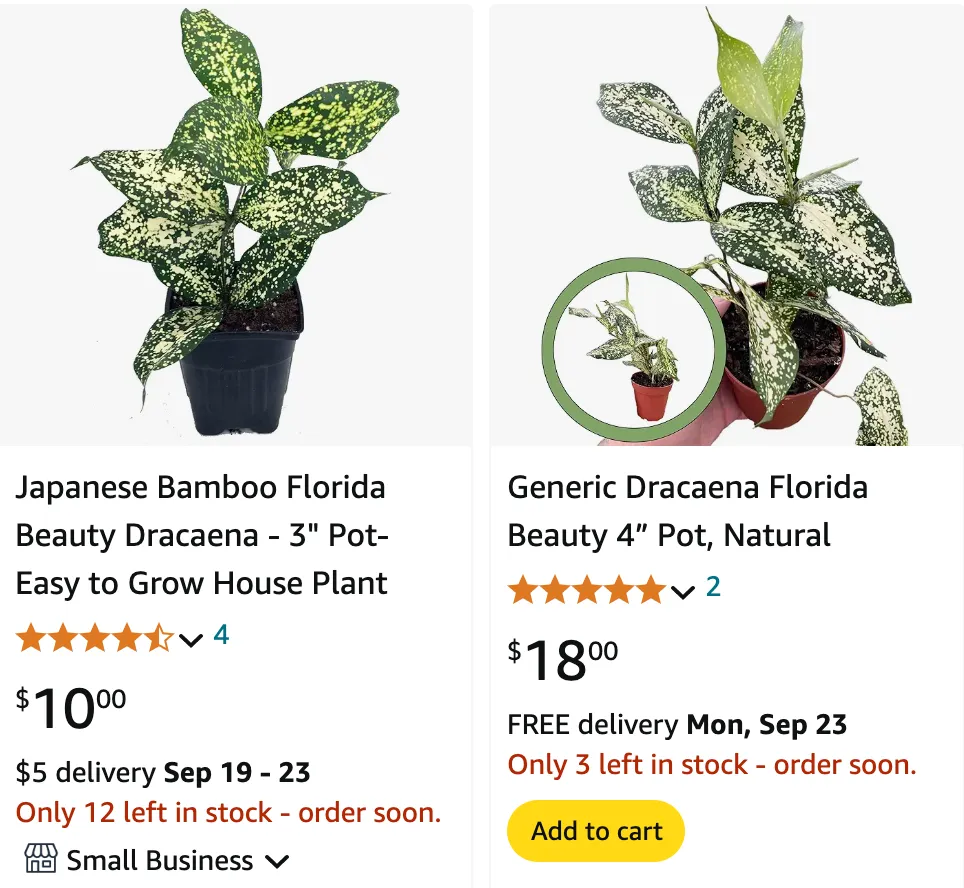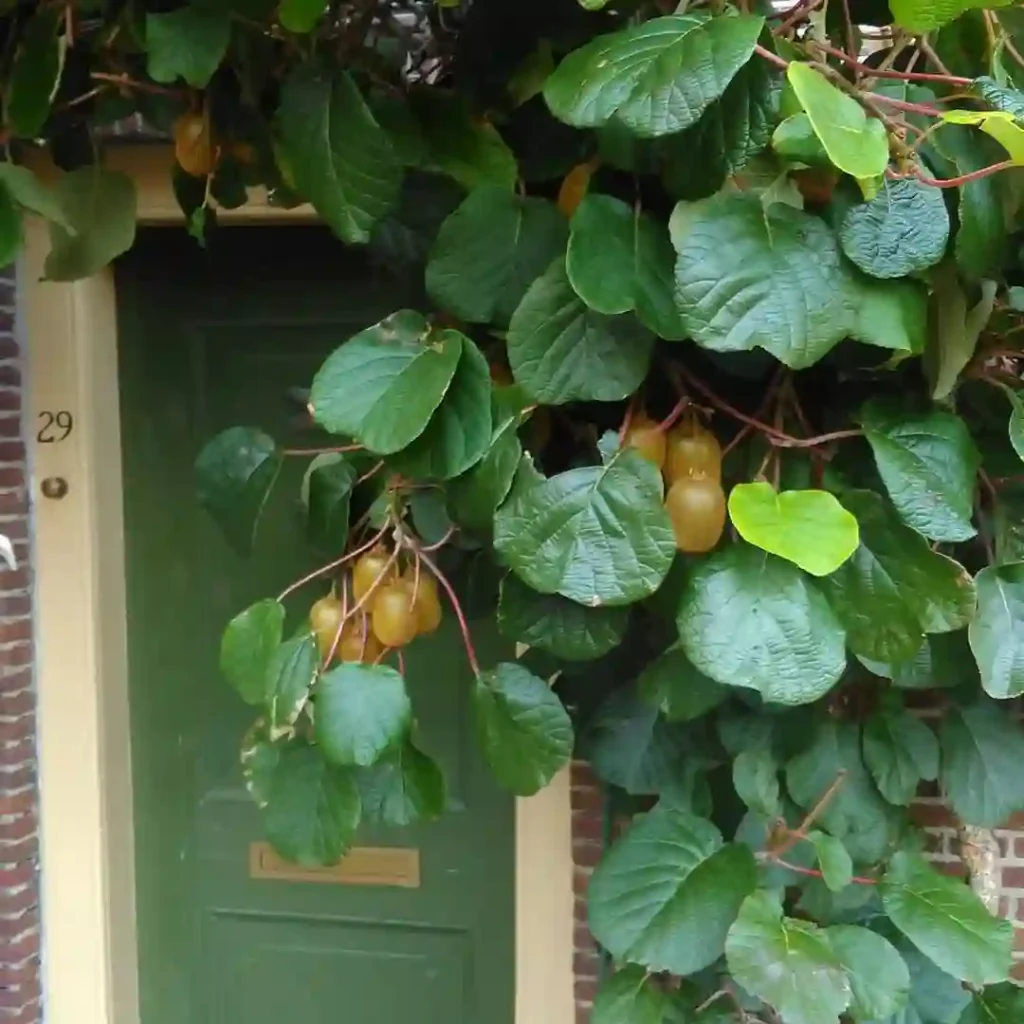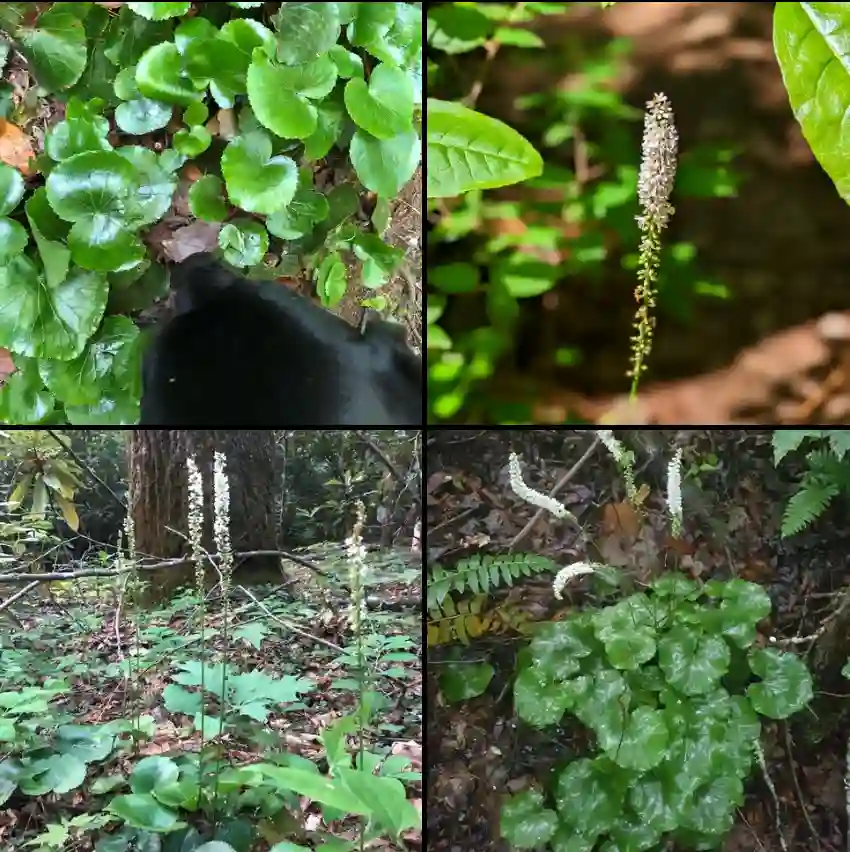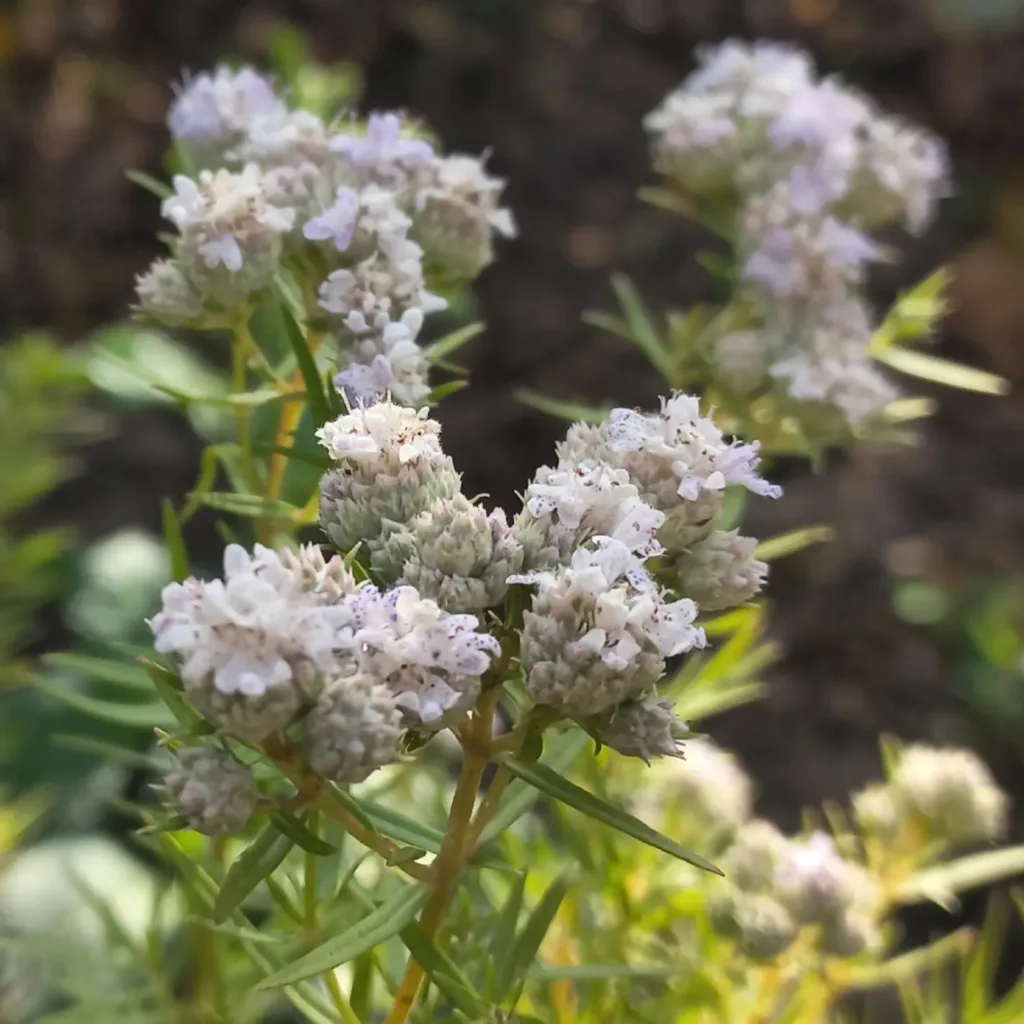
FAQs about Dracaena Florida Beauty
Dracaena Florida Beauty is a fascinating plant that I’ve grown to love over the years. Its stunning variegated leaves with bright green and creamy white patches add an exotic touch to any indoor space. I’ve had a few questions about this plant, and I think it’s time to tackle some of the most common ones.
198 Species in Genus Dracaena
What is Dracaena Florida Beauty?
Dracaena Florida Beauty is a cultivar of the Dracaena genus, known for its decorative foliage. It’s often confused with Dracaena Surculosa due to their similar appearance, but Florida Beauty has more distinct variegation. Its leaves are glossy with irregular cream or yellow speckles, giving it a unique look. I find it adds a vibrant, tropical touch to any indoor garden. It’s also low-maintenance, which is a big plus if you want something beautiful without the hassle.
How to Care for Dracaena Florida Beauty?
Caring for Dracaena Florida Beauty is relatively easy. Here’s what I’ve learned from my experience:
- Light: This plant thrives in bright, indirect light, but it can tolerate lower light levels. Too much direct sunlight can scorch its leaves, while too little light can cause the variegation to fade. I place mine near a window where it gets filtered sunlight throughout the day.
- Watering: I water it when the top inch of soil feels dry. Overwatering is a common issue with Dracaena, so I always make sure the pot has good drainage to prevent root rot. Allowing the soil to dry between waterings works best for me.
- Humidity: Dracaena Florida Beauty prefers moderate humidity. I’ve noticed it can adapt to normal indoor conditions, but occasionally misting it or placing it near a humidifier helps if you live in a particularly dry area.
- Temperature: It thrives in temperatures between 65-75°F (18-24°C). I avoid placing it in drafty areas or near air conditioners and heaters, as sudden temperature changes can stress the plant.
- Soil: A well-draining potting mix works well. I use a standard indoor plant soil mixed with perlite for extra drainage.
How to Propagate Dracaena Florida Beauty?
Propagating Dracaena Florida Beauty is straightforward. I usually propagate it through stem cuttings:
- Cut a Healthy Stem: Using clean scissors, I cut a 4-6 inch healthy stem from the plant, ensuring it has at least two nodes.
- Rooting in Water or Soil: You can root the cutting in water or directly into soil. I prefer water propagation because I can monitor root development. After a few weeks, roots should start forming.
- Transplant: Once the roots are around an inch long, I transplant the cutting into potting soil. Keep it moist until the new plant is well-established.
What to Plant with Dracaena Florida Beauty?
Dracaena Florida Beauty pairs well with other low-light indoor plants. I like to group mine with snake plants, ZZ plants, or philodendrons to create a visually appealing indoor garden. These plants have similar care requirements, making them a good match. Their contrasting leaf shapes and textures also create an interesting mix of greenery.
Is Dracaena Florida Beauty Toxic?
Yes, Dracaena Florida Beauty is toxic to pets, especially cats and dogs. The plant contains saponins, which can cause vomiting, drooling, and loss of appetite if ingested by pets. It’s important to keep this plant out of reach of curious animals. I always make sure mine is placed in a high spot, away from my pets.
What are the Benefits of Dracaena Florida Beauty?
One of the key benefits I’ve noticed is that Dracaena Florida Beauty improves indoor air quality. It’s known for its ability to remove toxins like formaldehyde and benzene from the air, making it a natural air purifier. Plus, it adds a calming aesthetic to any room. I’ve found that having this plant around makes my living space feel more peaceful and connected to nature.
Common Problems with Dracaena Florida Beauty
Though easy to care for, Dracaena Florida Beauty can run into some issues. Here are a few common problems I’ve dealt with:
- Leaf Browning: Browning leaf tips can occur if the plant is exposed to fluoride in tap water. To avoid this, I use filtered or distilled water.
- Yellowing Leaves: This can happen from overwatering or underwatering. I’ve learned to check the moisture level in the soil regularly to strike the right balance.
- Pests: While relatively pest-resistant, I occasionally spot spider mites or mealybugs. A quick wipe with insecticidal soap usually takes care of the problem.
Dracaena Florida Beauty vs. Dracaena Surculosa
These two are often confused, but there are distinct differences. While both have variegated leaves, Dracaena Florida Beauty’s variegation is more pronounced and random, while Dracaena Surculosa has a more uniform speckling pattern. Florida Beauty’s leaves also tend to be broader, giving it a fuller appearance.
Conclusion
Dracaena Florida Beauty has been one of my favorite plants to care for. Its striking appearance and easy-going nature make it perfect for both novice and experienced plant lovers. Whether you’re looking to add a splash of greenery to your home or improve your air quality, this plant is a wonderful choice. Just keep it away from pets, give it some indirect light, and you’ll have a happy, thriving plant.
If i die, water my plants!



